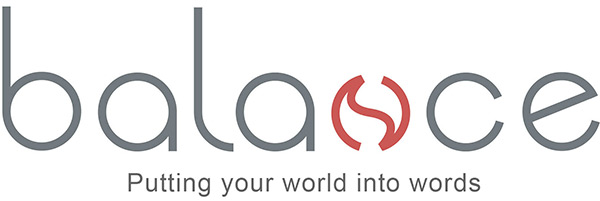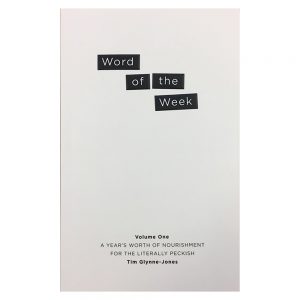So now we know the effect of Europe on Sterling. What a shocker! We all knew there’d be pressure but did anyone envisage such a drastic collapse? And what about the future? What if the confidence doesn’t return? Surely Uncle Roy won’t pick him again.
Ho ho!
Hands up everyone who saw that coming. Yeah, all right, so it was about as subtle as one of Raheem’s stepovers, but you have to admit, right now it’s easy to get confused – especially if you happen to be travelling up the M9.
So why do we use this strange word ‘sterling’ when talking about the pound? As with so many things, I like to blame King Henry II (well, come on, all that business with Thomas à Becket…). It was during his reign that the silver used to make our pennies (a pound in weight of which made a pound in value) was reduced from 99.9% pure to 92.5%. The addition of other metals produced a harder, more resilient coin, which became known as ‘sterling’, for reasons that are uncertain. It could be something to do with stars or starlings or, dare I say it, Eastern Europeans.
From the coin came the term ‘sterling silver’ and the word ‘sterling’ itself, meaning ‘first class’, from the sense of being ‘up to the test’. Pre Henry II, merchants in the habit of testing coinage by biting it would find their gnashers sank in quite easily, whereas the introduction of sterling silver brought about an accidental but welcome boom for the dentistry business.
So there you have it: Sterling – not as pure but more resilient. Hmm. I guess we’ll find out just how resilient in due course. But rather than wait to see if the oldest currency in continuous use can bounce back, perhaps we should just cut our losses and replace it with the Rashford.


